Researchers have uncovered that l-oligonucleotides, previously thought to be non-toxic, could actually be harmful to cells. This discovery, whilst still needing further investigation, could provide a new avenue for pharmaceutical research.
Enantiomers have identical molecular formulae but are mirror images of each other. Due to the chiral centres present in naturally occurring DNA and RNA (called d-DNA and d-RNA) it follows that they have enantiomeric pairs, namely l-DNA and l-RNA.
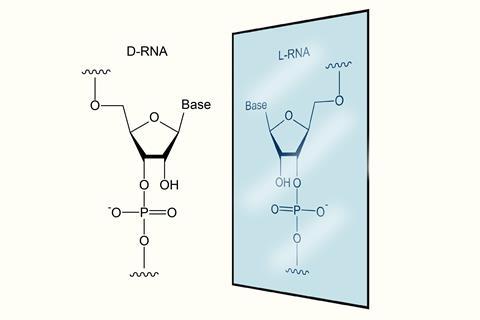
d-oligonucleotides, short strands of d-DNA or d-RNA, regularly feature in therapeutics, but researchers are also interested in l-oligonucleotide-based compounds due to their ability to resist degradation by enzymes called nucleases.
Chen-Hsu Yu and Jonathan Sczepanski, both based at Texas A&M University, US, have investigated how damaging some non-native l-RNA compounds are to a cell compared to their naturally-occurring enantiomeric partner oligonucleotides. One of the experiments they carried out involved introducing l- and d-oligonucleotides into cells and comparing the cell death rates over 96 hours. From this they found the l-RNA compound to be most toxic. Using this and further research, they have found that, despite the general understanding that l-oligonucleotides are nontoxic and nonimmunogenic, these l-RNA compounds are cytotoxic.
Of particular interest for potential medical uses are l-oligonucleotides that have a high guanine content, also called G-rich compounds. Yu says ‘G-rich d-oligonucleotides are currently being pursued as anticancer agents. Like these compounds, G-rich l-RNA also induce apoptosis of cancer cells but have the added benefit of being nuclease resistant.’ Yu and Sczepanski have previously established the mechanism for this involves G-rich l-RNAs binding tightly to an important gene regulator called PRC2. When asked about whether other nucleotide-rich oligonucleotides could be used, Yu says they found that ‘A-rich and U-rich l-RNA showed less cytotoxic effect compared to G-rich l-RNA,’ thereby making G-rich l-oligonucleotides potential therapeutic compounds of interest.
Sterghios Moschos, an expert in oligonucleotide therapeutics at Northumbria University in the UK, says the research ‘elegantly builds upon the body of evidence that l-ribose-containing oligonucleotides are not a complete safe harbour when it comes to escaping cytotoxicity and other non-specific target effects.’ The ‘therapeutic lead and candidate sequences with culpable motifs, such as those revealed by this paper, can be now revisited using refined production methods and re-evaluated clinically for potentially higher therapeutic indices,’ he adds.
Sczepanski says ‘future proteomics studies would be useful for identifying key l-RNA-protein interactions responsible for the observed cytotoxicity and immunostimulatory effects’. He also warns that caution should be taken when employing l-RNA in the development of biotechnologies intended for intracellular use.
References
This article is open access
C-H Yu and J T Sczepanski,Chem. Sci., 2023, 14, 1145 (DOI: 10.1039/d2sc05511b)

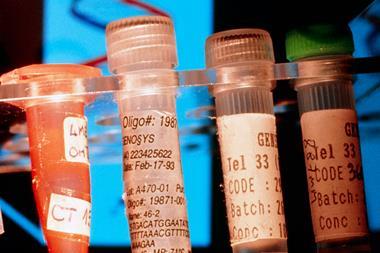
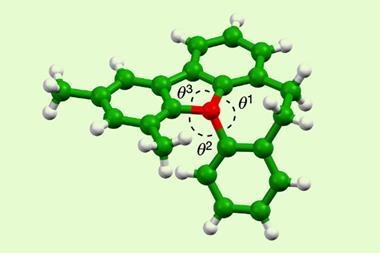

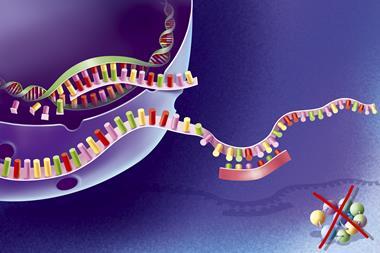
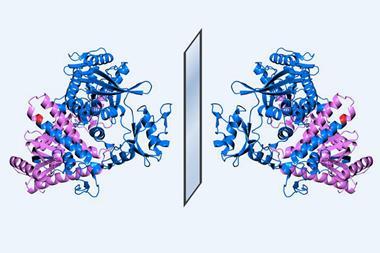






No comments yet